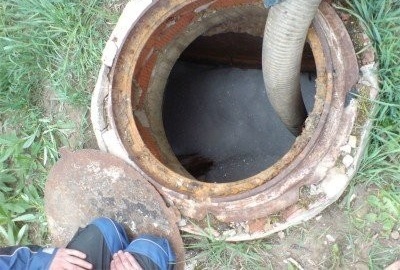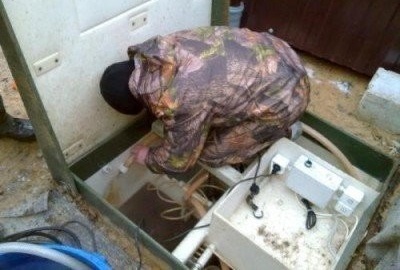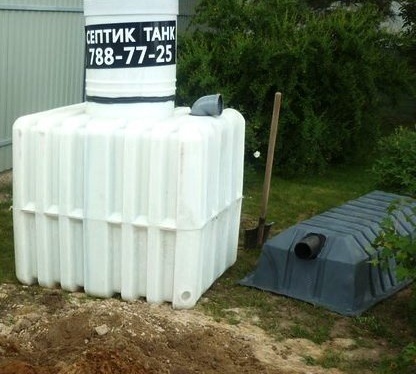What problems are typical for a factory septic tank and how to fix them yourself?
Hello! I'm going to install a septic tank. I just can’t decide whether to equip a home-made design or choose a factory device. I like the last option much more, but the fact is that I live far enough from the city. Service will be difficult, if not impossible. So, is it possible to repair such equipment on your own, and what kind of damage are typical for it?
In the absence of marriage and proper installation, factory devices are very reliable. However, there are a number of problems that some owners encounter during operation. But do not be scared, everything is solved.
System flooding inside tanks
For non-volatile devices, one of the most common causes of such trouble is untimely pumping of sludge. Correcting the situation is very easy - you need to remove excess deposits. The sudden occurrence of groundwater can also lead to overfilling of equipment. In this case, you should dig out a septic tank and install a pump near its outlet pipe for the forced pumping of purified water. If this is not possible, the device will have to be concreted and the outlet pipe should be removed as far as possible from the groundwater outlet. In a small area, it will be advisable to install a storage drainage well for purified water, which will have to be periodically pumped out.
Another reason for the failure of the equipment is an installation error. The most common ones are incorrectly calculated volumes of effluents that exceed the performance of the device, or an incorrectly selected slope angle of the sewer pipeline. If so, the only way to solve the problem is to dismantle it with the subsequent competent installation of the system. You will need to dig out the structure, re-calculate and correct the slope of the pipeline. Or install an additional plastic container that will cope with a large volume of effluents.
Volatile models are most often “choked” due to a failed pump pumping purified water, clogging of the outlet pipe or elementary hose movement. In this case, you will need to open the device, drain the excess liquid with a drain pump and carefully check all the internal parts of the device. You may only need to adjust the switch, hoses or airlift. Such manipulations are easily performed independently. But in case the breakdown is more serious and replacement of parts is required, it is better to call specialists.
Damage to the housing and leakage of the device
One of the reasons is factory marriage, and its varieties can be very different. Of course, the most correct solution in this case is to call the service team, which will fix the breakdown. You can handle it yourself.Leak is usually manifested by the "soaking up" of the area above the equipment. In this case, the device is dug up and sealed. To do this, use a welding machine for plastic or a special sealant. The same work is carried out with possible mechanical damage to the housing during installation.
Pungent odor
The “culprit” of the problem may be a burst or skewed ventilation pipe. It is easily repairable with sealing material. The uneven installation of the septic tank or the incorrect slope of the sewer pipes will lead to the same result. In any case, you will need to dismantle and reinstall the equipment. The horizontal installation and the slope of the pipeline should be carefully verified. Another reason - untimely pumping of sludge.
Drains do not go to the septic tank
A signal of a problem will be filled plumbing equipment that does not discharge water. If the inspection of the pipeline showed no blockage, it is obvious that it is located in the area of the septic tank. In this case, you need to very carefully so as not to damage the device, dig around the earth. Then check the inlet and outlet pipes for blockages and, if detected, eliminate them. This will be easiest to do if, when installing the septic tank, inspection wells were installed on the pipeline. Clogs should only be cleaned with special cleaning sewer equipment, such as a hydrodynamic machine.
Freezing of the outlet or inlet pipe
This unpleasant phenomenon is characteristic of insufficiently insulated structures. The solution to the problem is extremely simple - additional insulation of the system. The easiest way, of course, is to hold this event in the warm season. But if you need to do this in the winter, proceed as follows. Pipes are dug out and wrapped with insulating material. Then again they fall asleep with earth. Now it is necessary to carry out a volley discharge of very hot, almost boiling water, which will melt the ice formed in the pipes.




